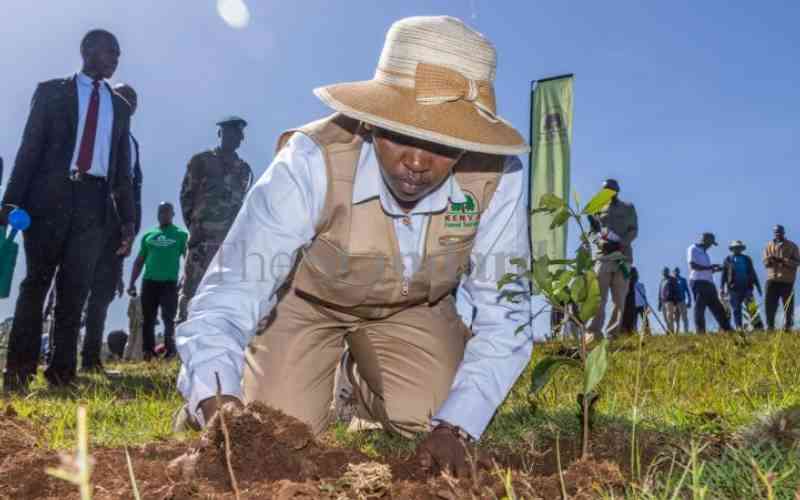×
The Standard e-Paper
Join Thousands Daily

First Lady Rachel Ruto on Tuesday launched an initiative to plant 500 million trees by 2032.
The exercise will be done through the First Lady's Landscape and Ecosystem Restoration Strategy and implementation plan.